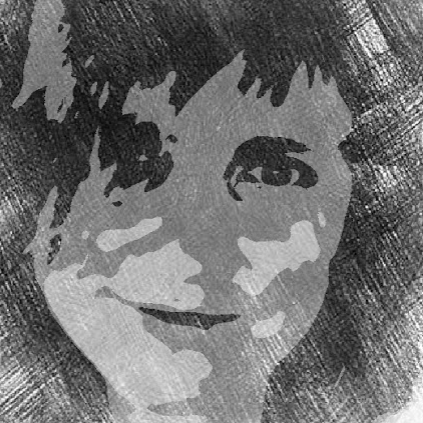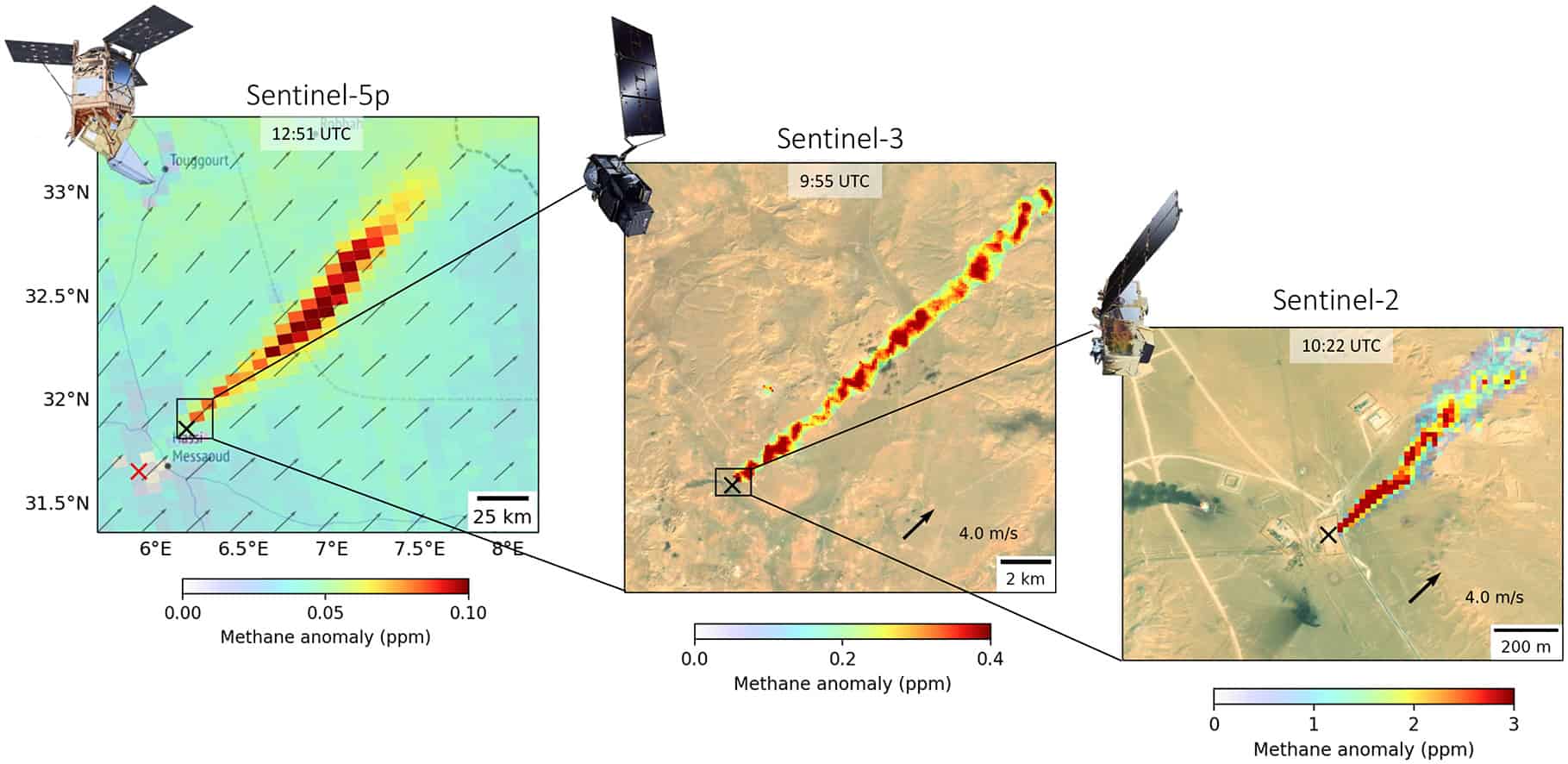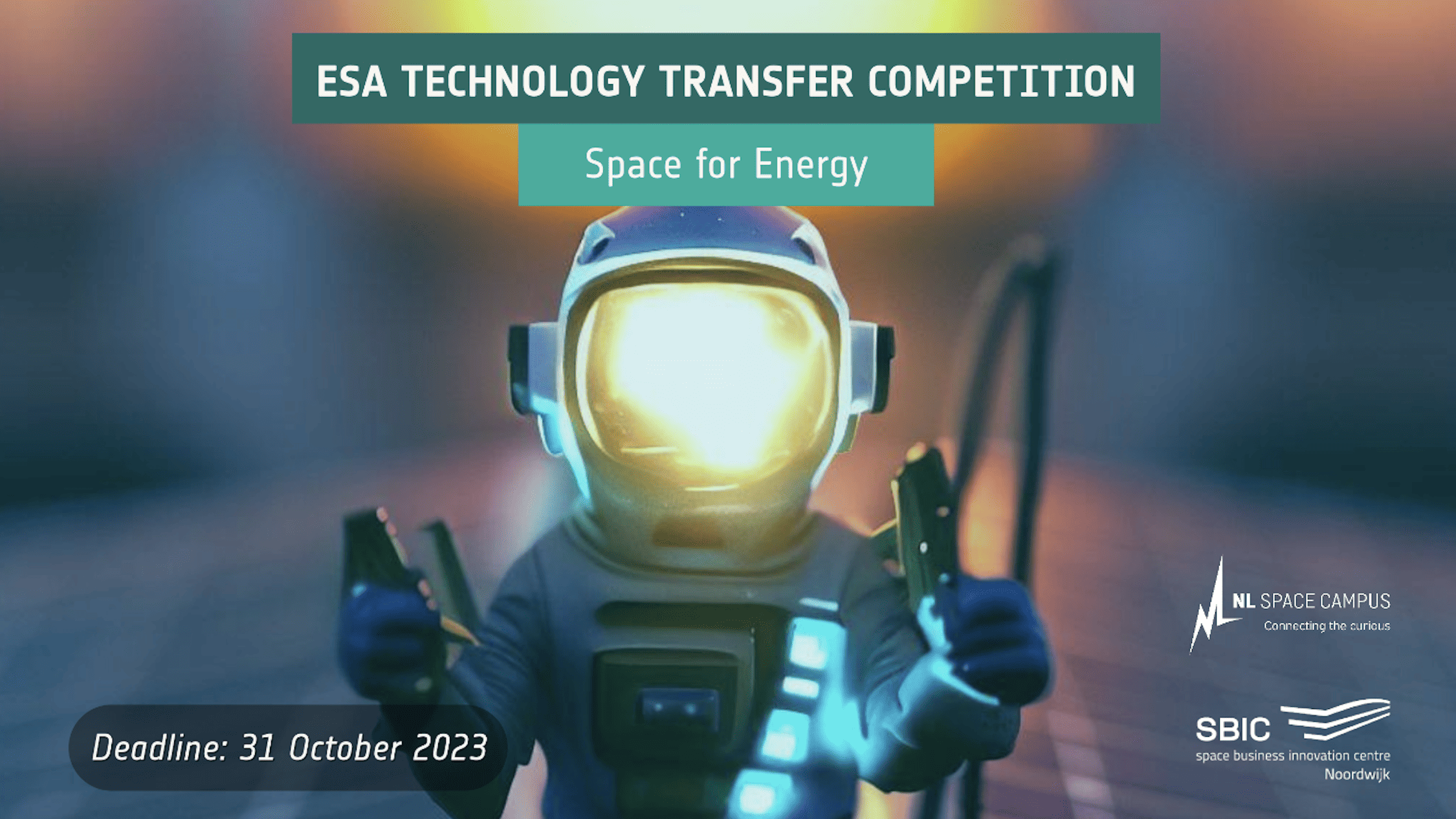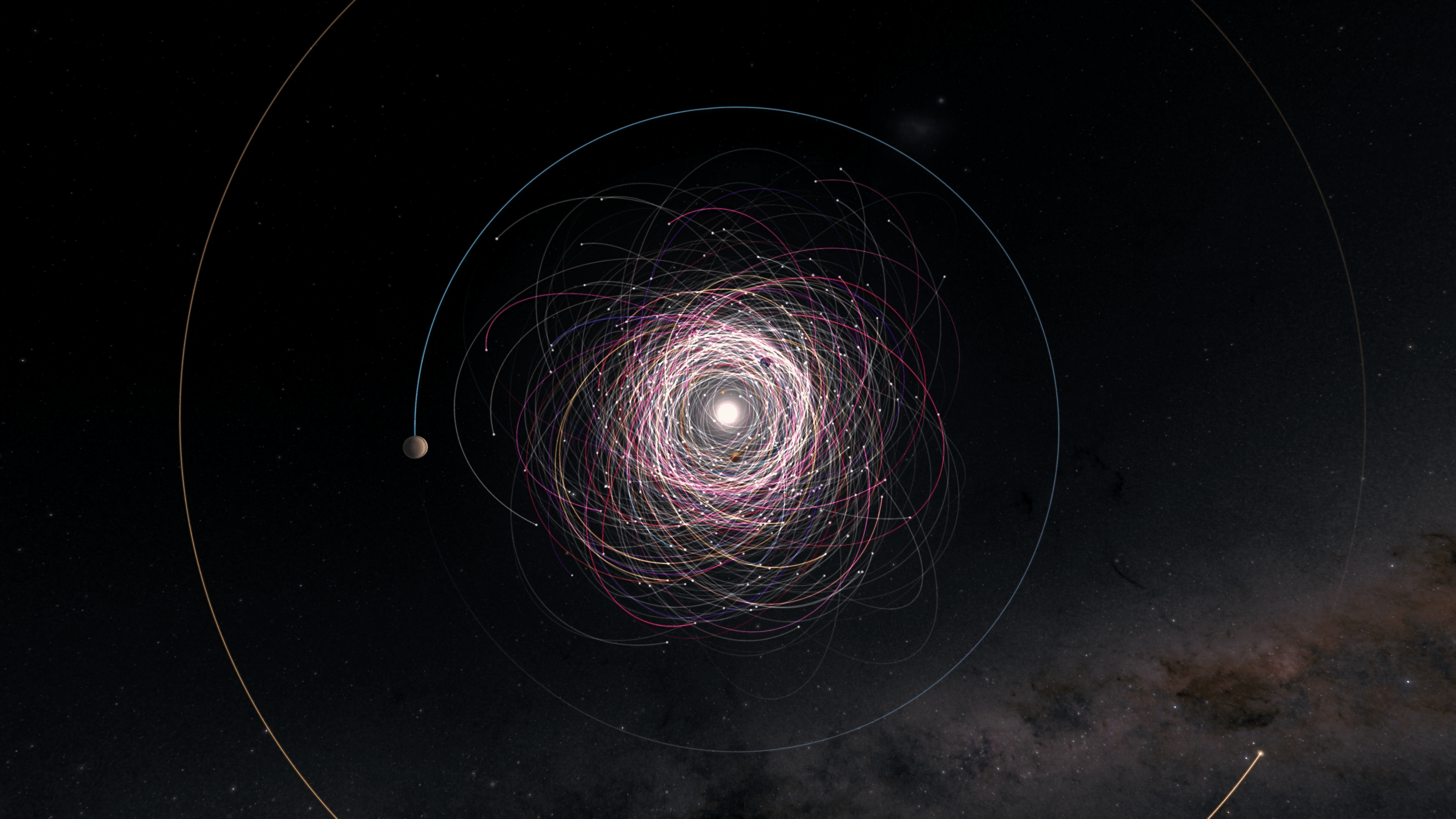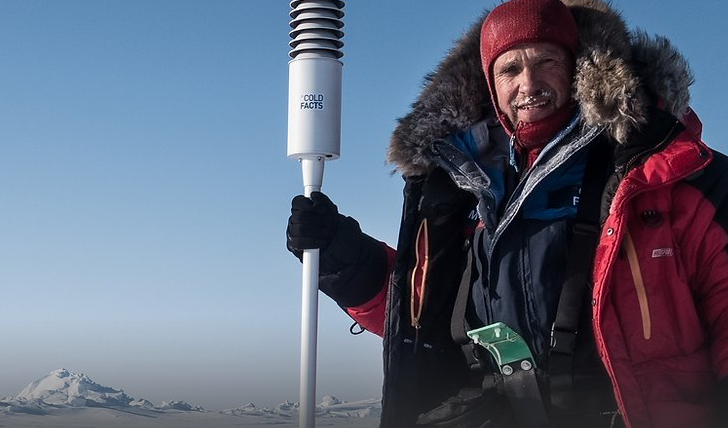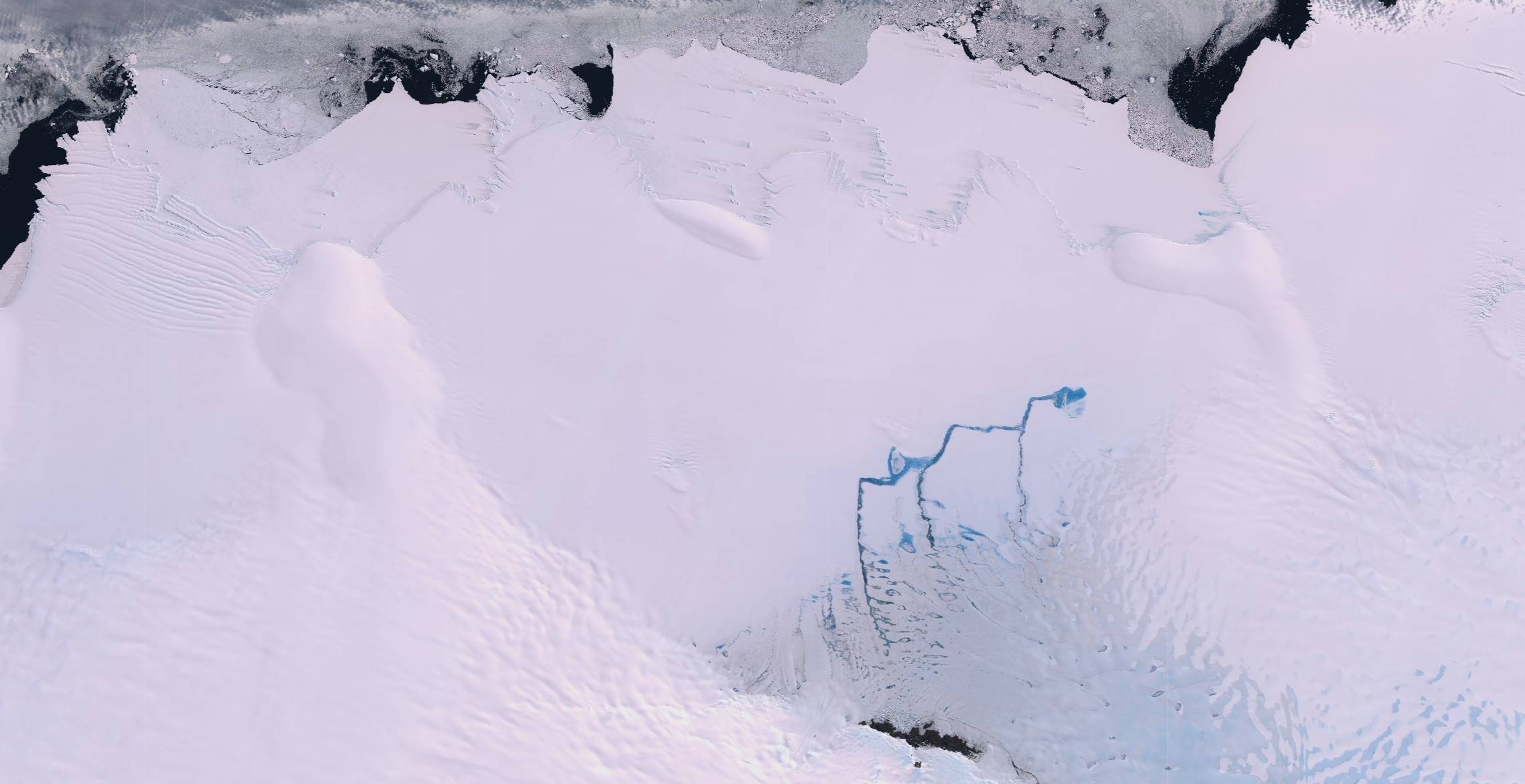
The launch of the new European satellite ‘Copernicus Sentinel-6’ will most likely take place later than the date originally planned on at the end of 2020. It’s to measure e.g. the rise in sea levels and the density of Arctic ice more accurately than is currently possible. The reason for this delay is that the corona crisis is holding up some of the preliminary work. The Director of the Earth Observation Programmes of the European Space Agency (ESA), Josef Aschbacher, stated this last week during an online conference. This was held to discuss the effectiveness of European biodiversity policy.
Aschbacher was invited to present his vision on the use of the seven satellites that the EU already has in space and which are being used to observe Earth. The satellites provide real-time data on, among other things, air quality, ocean water, weather conditions anywhere in the world. As well as where vegetation is present that gives an indication of which animal species live there. The system is the best in the world and is used by institutions worldwide. According to Aschbacher, an analysis of the website shows that the data from it is the most important source of information for the American space organization NASA.
Linking satellite data to European climate policy
Several participants at the conference wanted to know why the data provided by the Sentinel satellites is not linked to European climate targets. These targets oblige companies and member states to reduce their emissions of harmful substances. As it is by using the satellite data that it can be ascertained exactly where and when emissions of e.g. nitrogen, particulate matter, sulphur oxide and ordinary dust are too high.
At first, Aschbacher was reluctant to answer this question. He explained that this was because he is not a civil servant or politician, but rather an expert on space. However, he was prepared to state that investment is very much needed. So as to turn the massive amount of data provided by the seven satellites into useful information about the climate. This means that the collected data must be processed into specific datasets. For predicting, e.g. how the climate will develop in certain places in the short and longer term.
ESA is currently working on a ‘digital twin’ of the earth. This is a digital simulation of the earth that enables you to see the effect of a particular policy change on the climate.
European economy must become sustainable
The Deputy Director of the European Commission’s Directorate-General for Environment Joanna Drake said that it is only natural that the data shown by the satellites will be used to meet the Green Deal targets. This is in line with the European Commission’s policy which advocates an evidence-based policy. Since the European Commission President Ursula von der Leyen took office, the preservation of biodiversity has become a top priority. New legislation must be assessed accordingly.

These two instruments provide the European Commission with the power to transform the European economy into a sustainable economy. Provided the governments and parliaments of the member states agree.
Data from the climate satellites offer European citizens an opportunity to experiment with ‘free data space’ for the first time. This is an ambition of Vestager, European Commissioner for digitization. She’s in favour of this for all kinds of policy areas, including agriculture and the labor market.
Little interest in free climate data
Even though the data from the European climate satellites is freely available to everyone, European citizens hardly ever use it. It is only now that interest in this data is being generated. That’s because it has since become clear from images taken by the climate satellites that nitrogen emissions over China and Italy have now fallen drastically. Which is, of course, due to traffic and factories being shut down during the corona crisis.
But it is important real-time information for fishermen as well. For instance, when it comes to negotiating quotas. Some fish have to move to cooler waters because there is not enough plankton to eat in warmer currents. Fish populations may be declining in some local areas for that reason. And not as a result of excessive fishing, which environmentalists sometimes blame them for. This science will not raise fish quotas for the fishing industry. Yet it might dispel the argument that local fish stocks are declining too fast because fishermen are exceeding their fish quotas.
Climate data shows: ‘Rotterdam is in the dirty corner’
Also for local organizations who fight for clean air (and who might not have much money to spend on research) like Adem Rotterdam, air quality data provides specific information. Such as the amount of dust, particulate matter and nitrogen in the air. So far, they have mainly looked at the six measurement sites operated by the local environmental service DCMR. One of the initiators, Adriaan Korthuis, said that he wasn’t aware of the Copernicus satellites’ website. Yet this would no doubt be very useful to him. After looking at the data that is available on there, he stated: “You immediately see that Rotterdam is in the dirty corner of the continent.”


